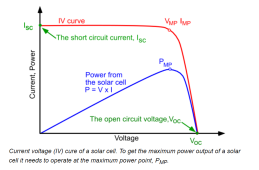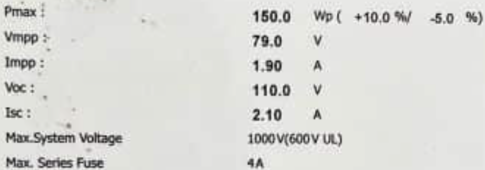just let Voc do it's thing, and make everything else able to withstand that.
I contemplated starting a new thread but I read a bunch of stuff and decided just to tag on this one.
I have thirty-nine ~98VOC 60W thinfilm panels. I was hoping to utilize them with on-hand equipment. They cost me $40 of gasoline, round trip.
Other than an incandescent light bulb- which could burn out, negating the drop- I’m basically concluding that there is no other way to limit or suppress VOC:
put a 5/10/25w regular normal bulb across your PV input and it should take care of keeping the volts lower until the unit can pull charge from the panels.
I’m offgrid so microinverters don't really offer me anything.
As has been put bluntly above, they aren’t worth much but they
will make power.
I’m thinking of simply doing 3S8P into an lvx6048 for the shop, employing my eight tired fla 100Ah batteries merely as a surge capacitor. It would basically function daylight hours anyway so I don’t really need to know about the limitations I am quite aware of.
However, i ’still’ would have an issue with these panels with their 1.1A spec. Lvx6048 shows 27A max- not sure if that is a hard limit or a useable limit. But at 450VOC it would handle 3S, but low temp 4S wouldn’t be ok. And unclear if the LVX has two mppt’s or just one; two would be great. Then I could add another string if the machine will accept the input amperage above 27.
Should I find these a new home, or use them?




